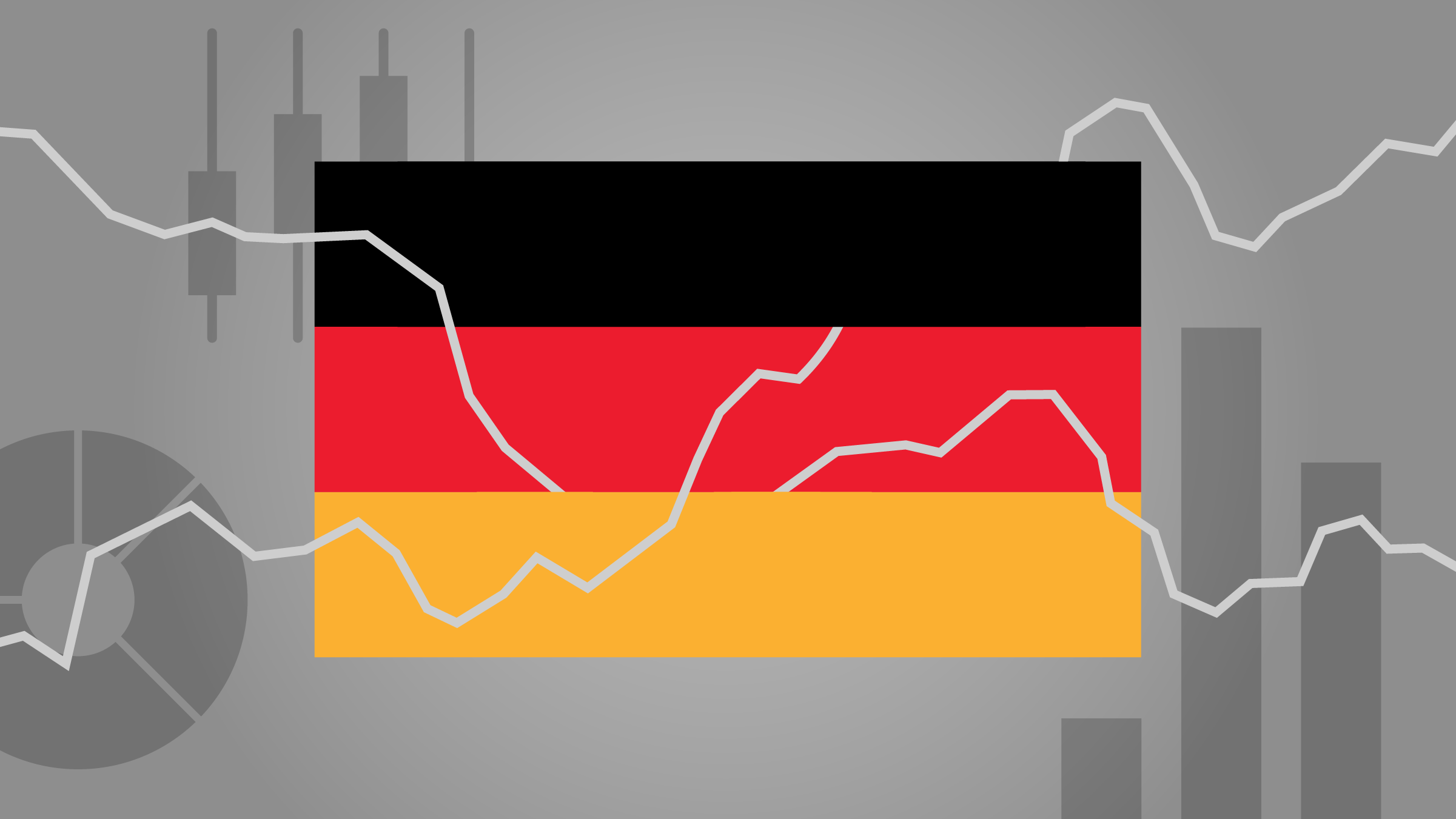Rolle im Portfolio
The iShares Barclays Capital Euro Government Bond 3-5y ETF offers investors exposure to the short-to-medium-dated maturity segment of the most liquid issuers of the eurozone government bond market. Investors may use this ETF as an alternative to cash holdings. Given the current low yield environment, particularly for short-to-medium-dated maturities from top-rated eurozone issuers, investors looking to equitise their cash may find this medium-dated government debt ETF a more suitable investment than short-dated debt due to the potential for higher returns. Going out further in the maturity spectrum, however, would pose additional risks in the form of greater duration and interest rate sensitivity.
Investors seeking short-to-medium-dated eurozone sovereign debt exposure need to be aware that this ETF includes issuances from non-AAA-rated sovereigns. As a result, low yields offered by top-rated issuers and the capital losses experienced by peripheral issuers resulted in this ETF's relatively modest performance of 3.2% compared to the average ECB refinancing rate (1.19%) annualised for the past two years.
Tactically-minded investors can use the ETF to manage interest rate risk exposure within a broader portfolio of fixed income holdings spanning the entire curve. This ETF's 3-5y maturity bias provides investors with the more versatility to micro-manage duration on the upside and the downside than otherwise similar short-dated or long-dated maturity ETFs. As a result, we would argue that the tactical use of this ETF in this manner is likely best suited to institutional investors as it involves a good understanding of yield curve dynamics and the extensive monitoring of economic developments and ECB monetary policies.
Fundamentale Analyse
Following revelations regarding the true extent of the Greek budget deficit in 2009, the financial health of the eurozone's periphery members began to be disputed, and the discussion has continued to be at the forefront of the market dynamics today. In the second half of 2011, the viability of the single currency bloc was called into question prompted by worries that the fiscal contagion originating in Greece had spread to Italian and Spanish government debt. Eurozone governments acted quickly in an attempt to inoculate core eurozone governments from the contagion's spread by increasing the firepower of the EFSF to EUR 1Trn. At the same time, eurozone leaders approved one-off policy measures designed to deal with the Greek debt situation (e.g. a 50% haircut for private sector holders of Greek bonds). At the EU Summit in December 2011, eurozone leaders took steps toward deeper fiscal integration through an inter-governmental "fiscal pact" outlining strict budgetary formulation and supervision rules, as well as automatic sanctions for countries violating acceptable deficit levels.
Despite the efforts of eurozone leaders, worries about the viability of the single currency bloc persist and have vaulted sovereign risk back to pre-euro era levels of importance in terms of shaping the pricing dynamics of the eurozone government bond market. Today, government debt from the periphery carries a substantial risk premium versus the German Bund and other top-rated issuers. The driving force behind this divergence in risk perceptions, it could be argued, stems from disparity in economic performance between the core and the periphery. However, even if economic indicators across the eurozone began to converge and generally improve, it is safe to assume that the crisis has altered investors' risk perceptions regarding core and periphery government paper for the long-term.
Against this backdrop, the European Central Bank (ECB) has been active in promoting financial stability by providing liquidity with unprecedented levels of favourability to the eurozone banks. Collateral requirements have been relaxed, reserve requirements loosened, loan terms lengthened, and interest rates lowered all with the intent to 'grease' the monetary engine. The effectiveness of the ECB policies divides opinion. With the ECB's second round of long-term refinancing operations (LTROs), collateral requirements were relaxed in an effort to encourage small-to-mid size banks to participate in accepting the cheap liquidity on offer in hopes that lending to small and medium sized businesses would pick up in turn. Critics have argued that the cost of this policy outweighs the benefits as the ECB is essentially downgrading the quality of its balance sheet in an effort to stimulate growth.
Looking ahead, the outlook for the eurozone sovereign debt market remains in a state of tremendous fluidity. At the start of April, Spanish and Italian bond yields have been on the rise at an unnerving pace that could reignite the worst of the sovereign debt crisis, this time with the focus shifting from Greece to Spain. As we write, Spanish yields have breeched 6%. Historically, once yields have crossed this threshold, only government intervention has brought them back down to sustainable levels.
Indexkonstruktion
The Barclays Capital Euro Government Bond 5 Year Term Index measures the performance of five year government bonds issued by the major investment-grade eurozone member states (e.g. Germany, France, Italy, Spain and the Netherlands). Term indices are a Barclays Capital in-house indexing methodology which uses standard market capitalisation weighting on a bond universe made up of issues near their original maturity term rather than on all bonds within a specific maturity range. The index is calculated on a daily basis using mid-market prices provided by Barclays Capital market makers towards the close of London trading. The index is reviewed and rebalanced on the last calendar day of each month. The maximum weight of an individual bond is capped at 30% at the time of rebalance. To be eligible for inclusion into the index, bonds must have a minimum outstanding of EUR 2bn and a minimum remaining life of three years. Additionally, the index will exclude any bonds with S&P and Moody's credit ratings below Baa3 or BBB- respectively. Income generated by the index constituents are reinvested monthly at the time of rebalancing at 1M Euro LIBOR -15 bps set at the end of the month for the next month. At the time of this writing, the index contained 18 constituents with the predominant exposure coming from German sovereign debt (around 31%), followed by Italy (around 28%), France (around 25%), and Spain (around 15%).
Fondskonstruktion
iShares uses physical replication to track the performance of the Barclays Euro Government Bond 5 Year Term Index. The restricted bond universe which Barclays Capital uses to construct its term indices allows iShares to fully replicate the index constituents in its fund, although statistical weightings might differ slightly and this could impact on the fund’s tracking performance at the margins. Dividend distribution is done semi-annually, with historical data showing an April-October payment pattern. This ETF was launched in December 2006 and is domiciled in Ireland. As of mid-April 2012, the tracking difference since the fund’s inception, measured in terms of annualised total returns after fees (note – the annual total expense ratio is 0.20%), stood at 0.18%. iShares may engage in securities lending in order to optimise the ETF’s tracking performance. BlackRock acts as investment manager on behalf of iShares. Lending operations are hedged by taking UCITS-approved collateral greater than the loan value and by revaluing loans and collateral on a daily basis. The collateral is held in a ringfenced account by a third party custodian. The degree of overcollateralisation is a function of the assets provided as collateral, but typically ranges from 102.5% to 112%. Lending revenue is split 60/40 between the ETF and BlackRock, respectively.
Gebühren
iShares charges a total expense ratio (TER) for this ETF is 0.20%. This TER is at the high end of the annual cost range (e.g. 0.12-0.20%) for ETFs from the main European providers tracking indices biased to the 3y-5y segment of the Eurozone government bond market.
Alternativen
The swap-based Lyxor EuroMTS 3-5y ETF remains the most popular and most actively traded ETF offering exposure to the short-to-medium-dated segment of the eurozone bond market. Lyxor charges a 0.165% TER and tracks an index that includes all eurozone issuers regardless of rating. For those investors interested in only investment grade eurozone sovereign debt, the swap-based db x-trackers iBoxx EUR Sovereigns Eurozone3-5y ETF could be a suitable choice. Though less liquid than the Lyxor product, the db x-trackers ETF compensates the investor with a lower TER (0.15%).
For physically replicated ETFs in this maturity segment, the iShares Markit iBoxx Euro Liquid Sovereigns Capped 2.5-5.5y ETF is a suitable alternative providing exposure to the 15 largest and most liquid euro-denominated sovereign bonds. While its AUM is on less than a third the size of Lyxor or the other iShares product, it charges a smaller TER equal to 0.15% to compensate for reduced liquidity. Investors looking to avoid the periphery entirely may not be inclined to use this product, however, as its reference index maintains roughly 20% exposure each to Italy and Spain.
















